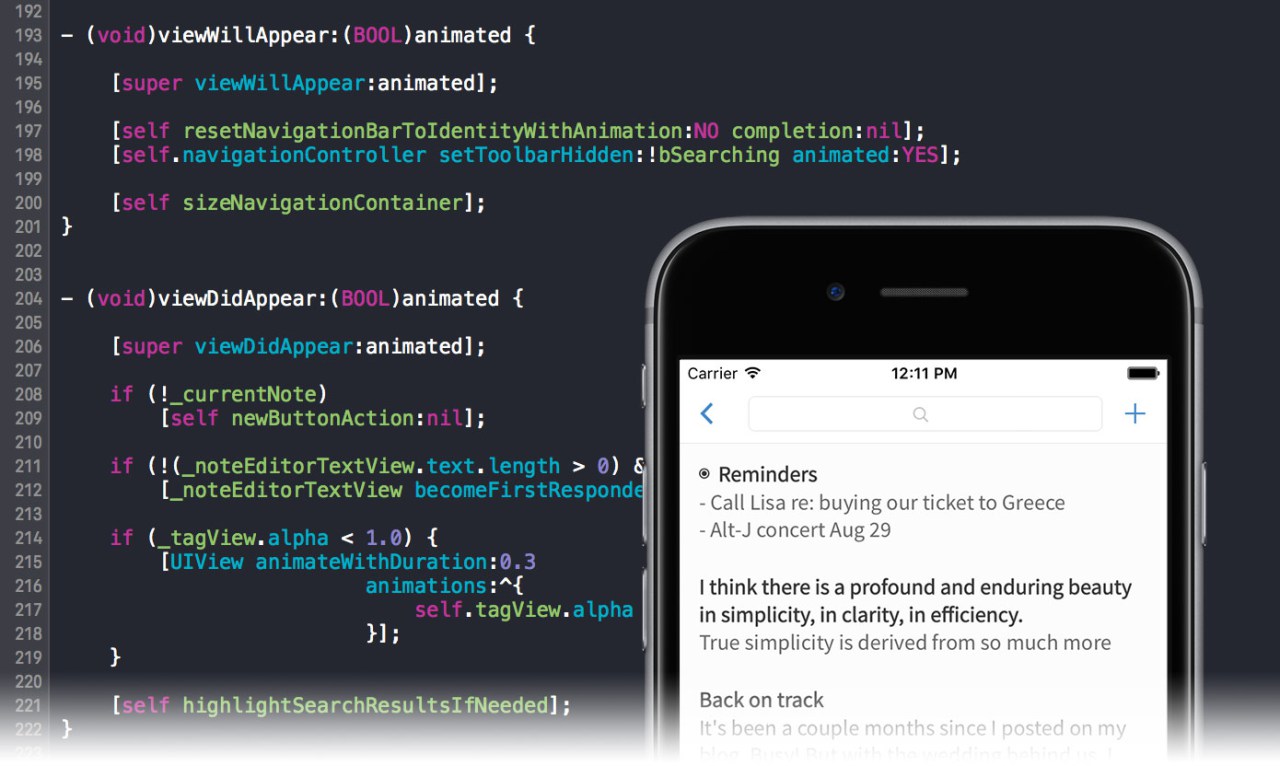- Introduction to R-Studio
- Data Recovery Using R-Studio
- Basic File Recovery
- Advanced Data Recovery
- Mass File Recovery
- Volume Sets and RAIDs
- Nested and Non-Standard RAID Levels
- Reverse RAIDs
- Various Disk and Volume Managers
- Data Recovery over Network
- R-Studio Agent
- Text/hexadecimal Editor
- Technical Information and Troubleshooting
- Working with the Third-Party Hardware
- R-Studio Emergency
- Creating Startup Disks
- R-Studio Emergency Operation
- R-Studio Emergency Technical Information
- R-Studio Agent Emergency
- R-Studio Agent Emergency Hardware Compatibility List
© 2020 R-Tools Technology Inc.
All rights reserved.
As the popularity of R has increased, it has become increasingly easy to find advanced text editors that support the R language (ESS, Notepad, Sublime Text, TINN-R, WinEdt, gedit, and many others) and tools like RStudio IDE provide a large range of tools to organize, simplify, and clarify for R programming. The RStudio IDE also enables you to flexibly execute R code directly from the source editor. For many R developers this represents their preferred way of working with R. Working in the source editor makes it much easier to reproduce sequences of commands and to package commands for re-use as a function.
Any object visible to R‑Studio can be viewed and edited in the Text/hexadecimal editor . It is also able to parse the data and represent data according to various data patterns. You may also create your own patterns to parse data.
You may turn numerical indexes for objects to distinguish them better.
• Viewing and Editing Objects
• Navigating through an Object
• Data Copy
• Files and Sectors
• Creating Custom Patterns
• Pattern Example I
• Pattern Example II
| edit {utils} | R Documentation |
Invoke a Text Editor
Description
Invoke a text editor on an R object.
Usage
Arguments
name | a named object that you want to edit. If name is missingthen the file specified by |
file | a string naming the file to write the edited version to. |
title | a display name for the object being edited. |
editor | usually a character string naming (or giving the pathto) the text editor you want to use. On Unix the default is set fromthe environment variables EDITOR or VISUAL if either isset, otherwise
|
... | further arguments to be passed to or from methods. |
Text Editor For Red Hat
Details
edit invokes the text editor specified by editor withthe object name to be edited. It is a generic function,currently with a default method and one for data frames and matrices.
data.entry can be used to edit data, and is used by editto edit matrices and data frames on systems for whichdata.entry is available.
It is important to realize that edit does not change the objectcalled name. Instead, a copy of name is made and it is thatcopy which is changed. Should you want the changes to apply to theobject name you must assign the result of edit toname. (Try fix if you want to make permanentchanges to an object.)

In the form edit(name),edit deparses name into a temporary file and invokes theeditor editor on this file. Quitting from the editor causesfile to be parsed and that value returned.Should an error occur in parsing, possibly due to incorrect syntax, novalue is returned. Calling edit(), with no arguments, willresult in the temporary file being reopened for further editing.
Note that deparsing is not perfect, and the object recreated afterediting can differ in subtle ways from that deparsed: seedput and .deparseOpts. (The deparse optionsused are the same as the defaults for dump.) Editing afunction will preserve its environment. Seeedit.data.frame for further changes that can occur whenediting a data frame or matrix.
Currently only the internal editor in Windows makes use of thetitle option; it displays the given name in the windowheader.
Note
The functions vi, emacs, pico, xemacs,xedit rely on the corresponding editor being available andbeing on the path. This is system-dependent.
See Also
edit.data.frame,data.entry,fix.